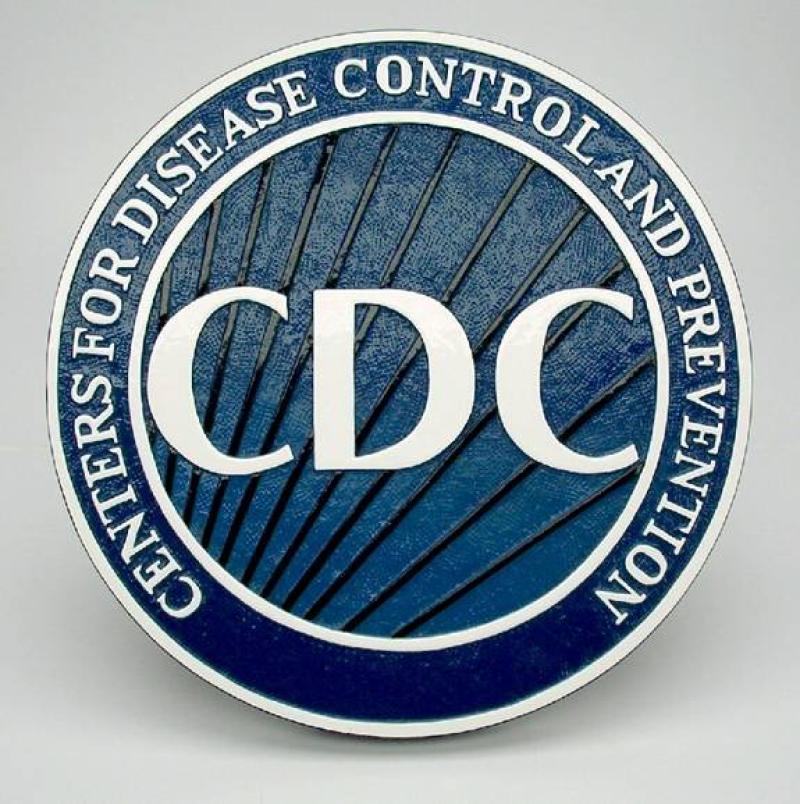CDC Removes Guidelines Saying Coronavirus Can Spread From Tiny Air Particles



The U.S. Centers for Disease Control and Prevention pulled new guidelines acknowledging the new coronavirus could be transmitted by tiny particles that linger in the air, saying a draft version of proposed changes was posted in error on the agency’s website.
For months, the CDC said the new coronavirus is primarily transmitted between people in close contact through droplets that can land in the mouths or noses of people nearby. On Friday, however, it added that Covid-19 can also be spread by “droplets or small particles, such as those in aerosols” that can be inhaled and cause infection.
Then abruptly on Monday, the CDC reversed course and removed the additions. Much of the guidelines’ earlier description of Covid-19 transmission, emphasizing spread via close contact and droplets, was restored.
“A draft version of proposed changes to these recommendations was posted in error to the agency’s official website,” a CDC spokesman said in an email.
The CDC is still working on updating its recommendations regarding airborne transmission of the coronavirus, the spokesman said. “Once this process has been completed, the update language will be posted,” he said.
The CDC wants to convey that aerosol transmission is possible, but not the primary method coronavirus spreads, according to a person familiar with the matter.
Another person familiar with the matter said that an internal push among some people within the agency to better communicate information about aerosol transmission led to the Friday change, but that the new guidelines didn’t go through appropriate vetting. The agency is reviewing how that happened, the person said.
The back-and-forth could add to concerns raised by scientists that the CDC is facing pressure from the Trump administration to encourage reopening of schools and businesses and reduce testing.
The agency last week walked back a controversial recommendation that close contacts of Covid-19 patients don’t need to get tested if they don’t have symptoms.
The latest change, aerosol experts say, could further confuse the debate around how Covid-19 is spread . For months, many scientists have urged public health agencies to acknowledge that Covid-19—in addition to close-contact transmission—can be transmitted through tiny aerosols that can linger and travel for minutes to hours through the air. Some said Monday they feared the CDC’s change could undercut the evidence scientists had presented.
“The tide had turned toward science when the CDC” acknowledged aerosol transmission, said Joseph Allen, a health scientist and director of Harvard University’s Healthy Buildings program, which studies how buildings affect human health. “It was a watershed moment where people would believe this.”
“To backtrack instantly is devastating,” he said.
Acknowledging aerosol transmission of the coronavirus would carry significant implications for how businesses and schools proceed with reopenings.
To reduce the risk of aerosol transmission, property owners and building managers would need to implement precautions such as better ventilation , proper social distancing and universal masking policies, according to scientists and researchers studying Covid-19.
Studies of outbreaks have shown that the new coronavirus can spread even when close contact among people was avoided.
In almost all cases, the studies have found, people who contracted the virus had prolonged exposure to the airborne particles and weren’t wearing masks. In some of the cases, the person who infected others wasn’t yet symptomatic.

 Article is LOCKED by author/seeder
Article is LOCKED by author/seeder
Who is online
48 visitors

The question now would be - How much do you look to the CDC’s guidance for direction on how the coronavirus spreads and what to do to reduce the risk of infection?
How much do you look to the CDC’s guidance? Forget about it.
In all seriousness, they have discussed the size of the virus for a long time. Am I wrong in thinking this entire time that aerosol transmission is a good possibility? I don't think so.
Europe is apparently seeing a surge, which leads me to believe that you can't hide from it like we have tried. Flatten the curve? Maybe...who can say? For all we know, we could be on the real downhill trend, had we kept on keeping on back in April.
That's one vote for - as they say on Rockaway Boulevard - "Forget about it!"
Here's the text that was withdrawn by the CDC:
Anyone see the problem with that text?
The examples cited in the text relate to politically controversial activities that have been circulated by the press. And the text suggests that aerosol transmission only occurs in indoor environments. The specific language in the withdrawn guidance feeds the political controversy.
The other language in the guidance steers clear of political overtones by simply stating the facts. Why the added language includes political overtones is a mystery.
Here's a link that provides the full text of the CDC guidance that was withdrawn. Compare the added language to prior guidance for yourself.
The CDC Removed A New Guidance About Airborne Coronavirus Transmission Days After Posting It - Buzzfeed